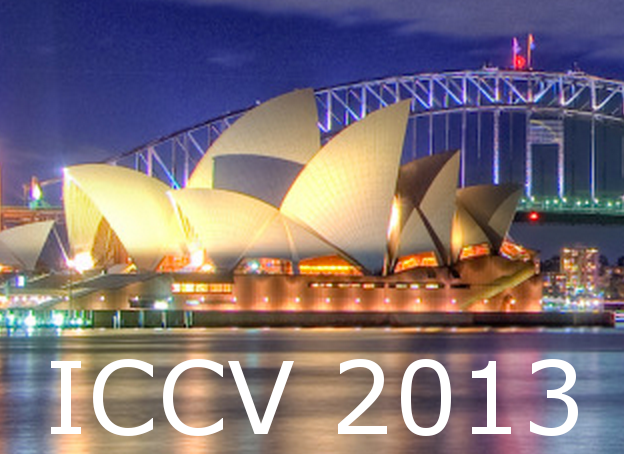-
Behind the Scenes: What Moving Targets Reveal about Static Scene Geometry
AbstractReasoning about 3D scene structure is an important component of visual scene understanding. Often, reasoning proceeds from low-level cues without resorting to full 3D reconstruction. However, existing geometric cues may require multiple viewpoints, supervised training, constraints on scene structure or information from auxiliary sensors. To address these limitations, this paper demonstrates how geometric context for a single static camera can be recovered from the location and shape of moving foreground targets. In particular, we propose methods to compute the likelihood of a static occlusion boundary and floor region at each pixel. Importantly, these cues do not require supervised training, or prior knowledge of camera geometry or scene structure. Finally, we show how the proposed geometric cues can be used to infer an ordinal depth map and demonstrate its use in compositing with correct occlusion handling.
Related Material
[pdf][bibtex]@InProceedings{Taylor_2013_ICCV_Workshops,
author = {Geoffrey Taylor and Fei Mai},
title = {Behind the Scenes: What Moving Targets Reveal about Static Scene Geometry},
booktitle = {Proceedings of the IEEE International Conference on Computer Vision (ICCV) Workshops},
month = {June},
year = {2013}
}
These ICCV 2013 workshop papers are the Open Access versions, provided by the Computer Vision Foundation.
Except for the watermark, they are identical to the accepted versions; the final published version of the proceedings is available on IEEE Xplore.
Except for the watermark, they are identical to the accepted versions; the final published version of the proceedings is available on IEEE Xplore.
This material is presented to ensure timely dissemination of scholarly and technical work.
Copyright and all rights therein are retained by authors or by other copyright holders.
All persons copying this information are expected to adhere to the terms and constraints invoked by each author's copyright.

